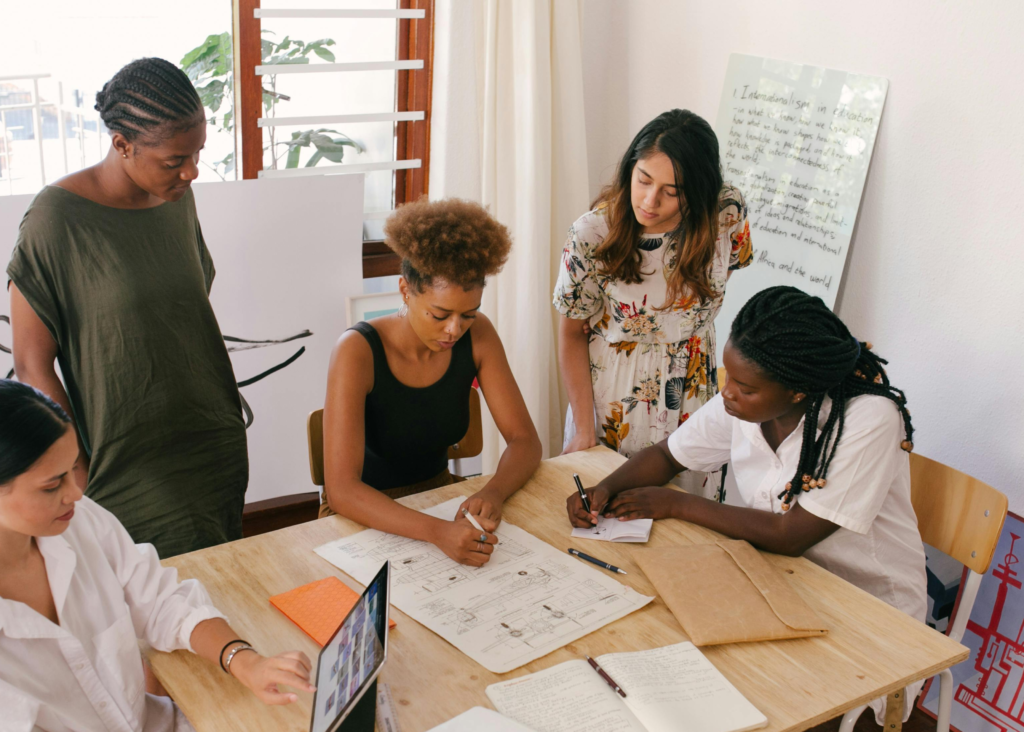
Growing a healthy community is a lifelong process. One effective way to do this is by having community conversations where everyone can share their thoughts and work together to address the different needs of the community.1,2 These conversations involve bringing together community members, stakeholders, and organizations to discuss important issues impacting the community’s well-being.1,2 At the end of a community conversation, the following objectives should be achieved:2
- Participants express their opinions and concerns, as well as identify areas of agreement.
- Participants explore ways in which the community can collaborate to improve opportunities and outcomes for all members.
- Form partnerships that can result in joint efforts in achieving positive outcomes.
A community conversation is carried by three key players:1
- Facilitator
- Chooses an appropriate setting to initiate meaningful conversations.
- Encourages discussion and ensures that each participant has an opportunity to speak.
- Promotes critical thinking while ensuring that everyone feels included and safe to share their perspectives.
- Guides the direction and flow of conversation, emphasizing topics of significance.
- Note-taker
- Collaborates with the facilitator prior to the conversation to assign roles and responsibilities.
- Accurately records key points discussed in the conversation.
- Clarifies any points of confusion with participants.
- Participants
- Provide insights into the needs and issues in the community.
- Help shape future outcomes by influencing government/policy decision-making.
- Propose solutions and suggestions to address the identified challenges and opportunities.
The Community Advocacy and Partnership Engagement (CAPE) has developed a 4-step model that communities can adopt to kickstart community conversations:2
- Engage the Community – Create a committee made up of different community members to oversee the planning and organization of community conversations, which ensures that everyone works together toward a common goal.
- Identify the Critical Issues – After the community conversation, the committee and participating members come together to review and discuss about the information collected, identifying the community’s priorities.
- Agree on Priorities and Create an Action Plan – The committee holds another community conversation to better understand the community’s priority areas. Then, an action plan is developed to overcome these challenges effectively.
- Mobilize the Community – Collaborative efforts are made to achieve set goals. The committee can request for help from the National Education Association (NEA), and in turn, they will organize workshops and training sessions tailored to the needs of the community.
These steps can be organized into four phases:1
- Phase 1: Setting the groundwork and developing trust
- Phase 2: Logistics
- Phase 3: The conversation
- Phase 4: Follow up
References
1. Bates J, Bones UOC. A Communication Conversation Toolkit. 2018. p. 30.
2. (NEA) NEA, (CAPE) CAaPE. Ensuring All Students Succeed: Community Conversations Project. p. 13.
Leave a Reply